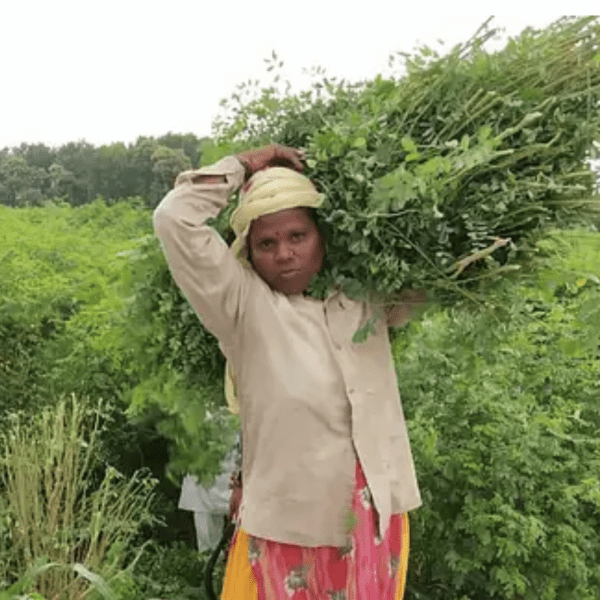
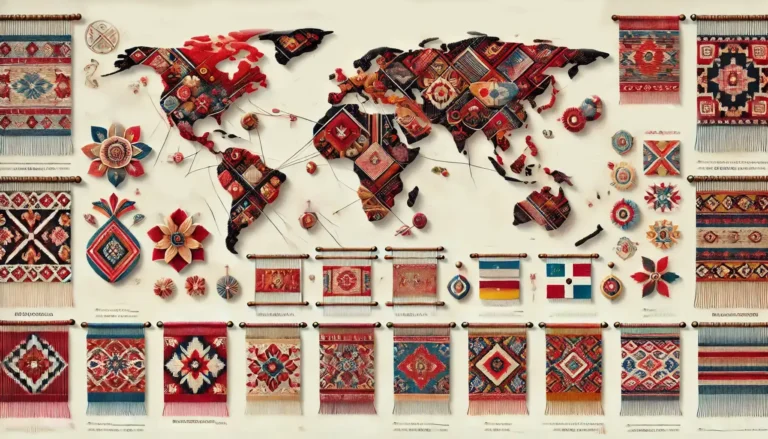
Ikat fabric is a mesmerising textile art form that transcends geographic and cultural boundaries. Its intricate designs, vibrant colours, and deep-rooted traditions make it a living embodiment of human creativity and craftsmanship. The history of ikat fabric is not confined to one culture or country. It is a global phenomenon that emerged independently in various regions. Enriching the artistic heritage of societies from Indonesia to South America. Let’s dive deeper into the captivating story of ikat fabric and its unique manifestations around the world.
The term “ikat” comes from the Indonesian word mengikat, which means “to tie” or “to bind.” This refers to the technique of resist dyeing threads before weaving them into patterns. But the exact origin of ikat is difficult to pinpoint, as similar methods developed simultaneously in multiple regions.
Indonesia is often credited as the cradle of ikat weaving. This archipelago nation boasts a long history of ikat fabric production, with variations across its many islands. So here, ikat is traditionally used to create sarongs, shawls, and ceremonial textiles, often featuring bold red and indigo hues from natural dyes. Each region in Indonesia, such as Sumba, Flores, and Bali, has its own distinctive ikat motifs, often symbolising spirituality, status, and community identity.
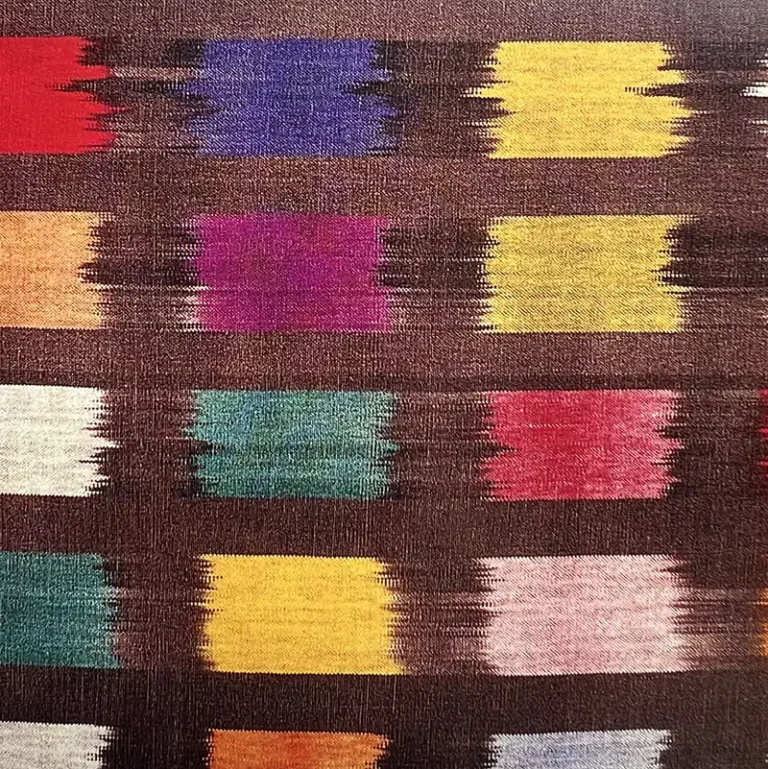
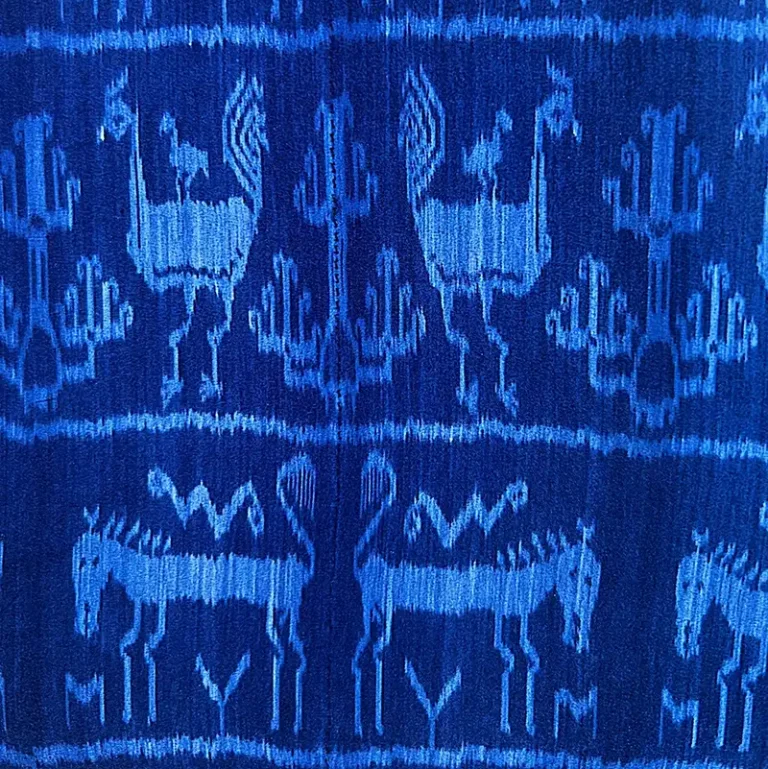

In Japan, ikat is known as kasuri. Japanese artisans mastered the technique with meticulous precision, creating intricate patterns with a restrained and elegant aesthetic. Kasuri often employs indigo dye and is used to make kimonos, obi sashes, and other traditional garments. The Japanese approach emphasises simplicity and geometry and so reflecting the broader cultural appreciation for balance and harmony.
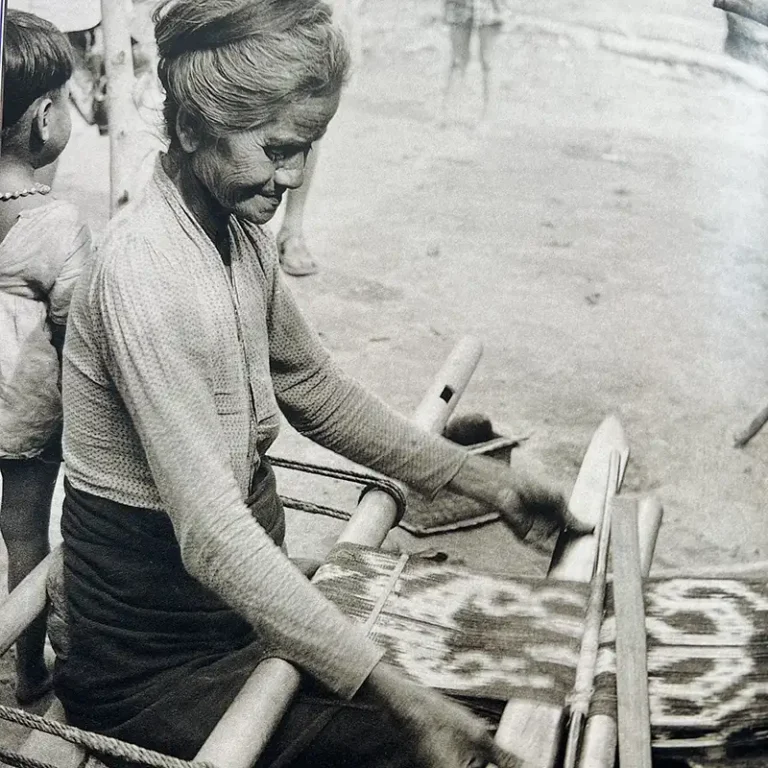
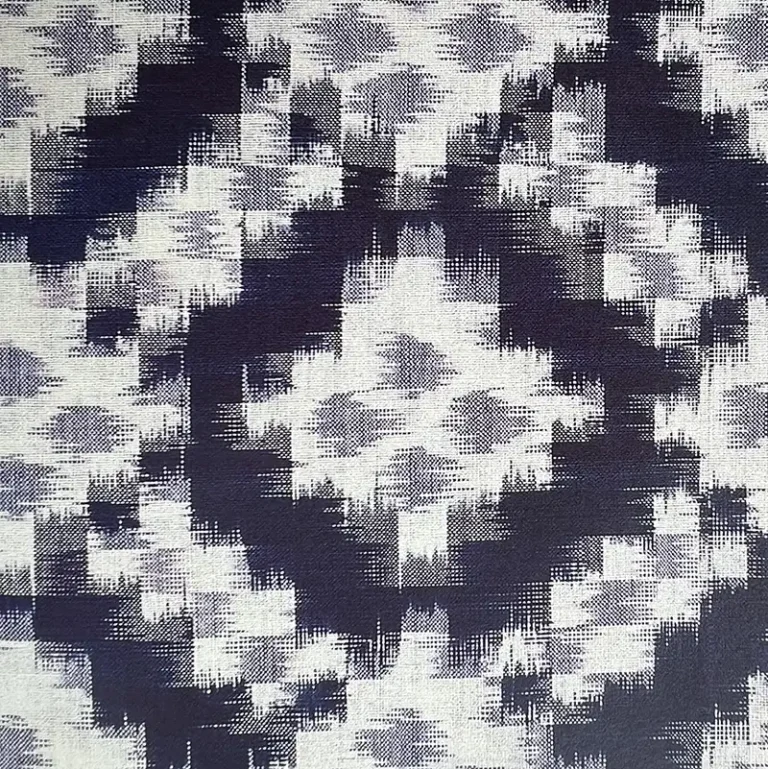
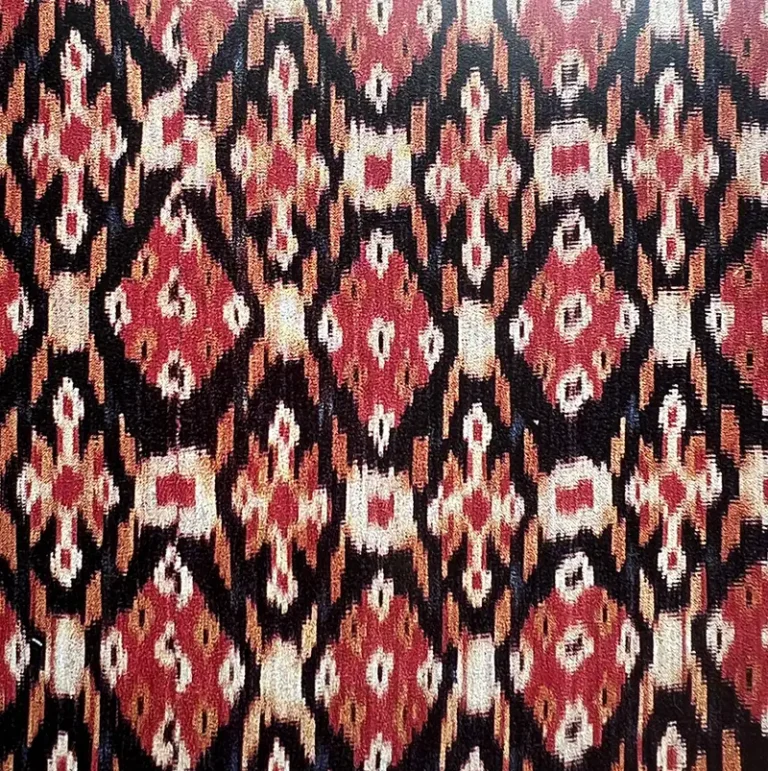
India is home to an unparalleled diversity of ikat fabric traditions. The country’s ikat styles vary significantly across regions, with each weaving community specialising in distinctive patterns and techniques:
Indian ikat fabrics serve a range of purposes, from saris and veils to men’s lungis. The materials – cotton, silk, or blends, vary according to their intended use. Showcasing the adaptability of ikat weaving in Indian culture.
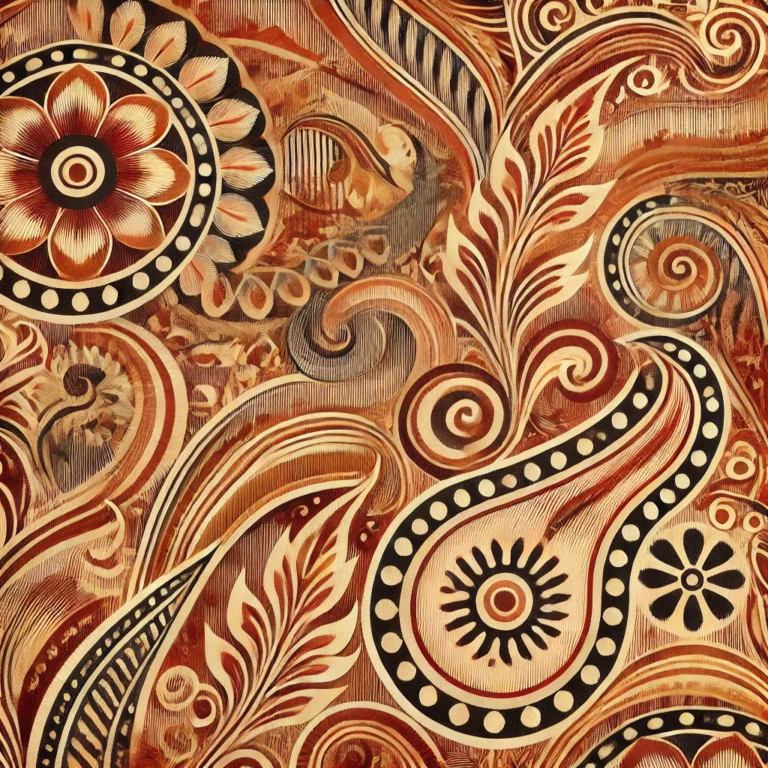
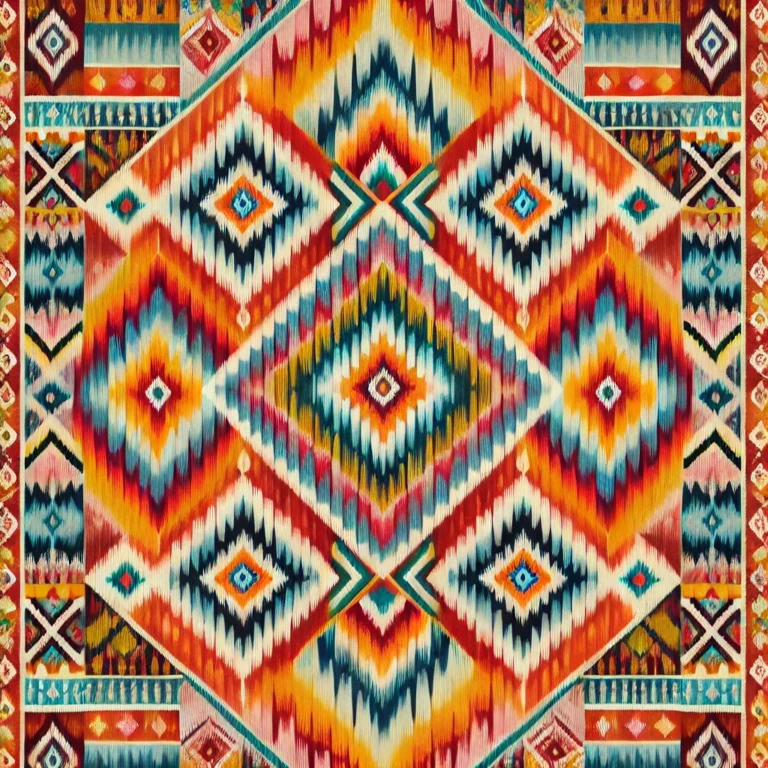

In Mexico and Guatemala, ikat fabric is known as jaspeado. This technique is integral to the creation of traditional Maya skirts and shawls. The designs often incorporate vibrant colours and complex patterns, symbolising cultural identity and regional pride. Similarly, in South America, countries like Argentina and Bolivia have incorporated ikat weaving into their textile traditions, adapting the craft to local materials and motifs.
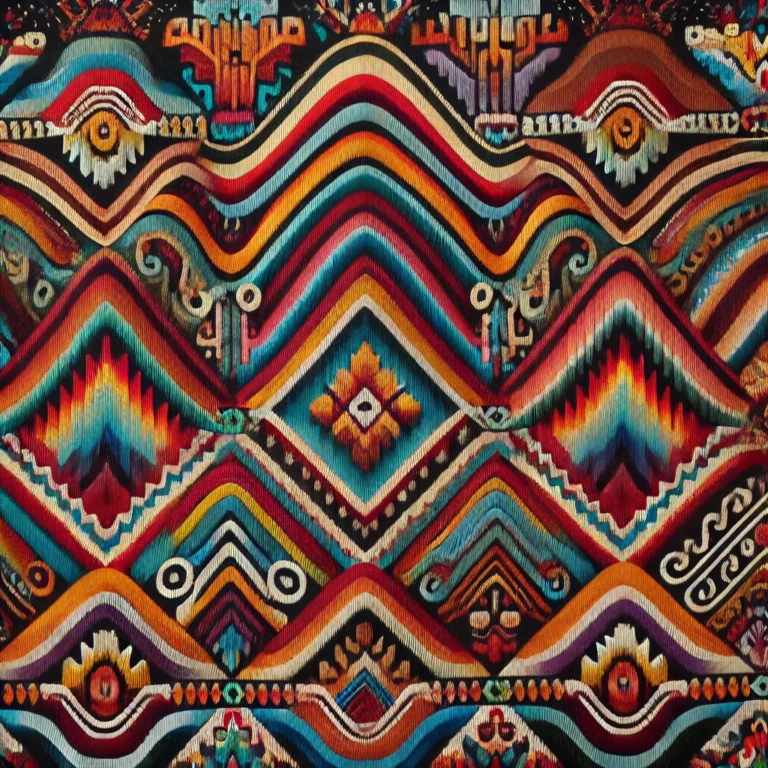

The magic of ikat fabric lies in its labour intensive production process, which can take weeks or even months to complete. The steps typically include:
Each step demands precision, skill, and creativity, making ikat fabric an art form that celebrates the harmony between technique and design.
Ikat textiles are more than just beautiful fabrics; they carry deep cultural meanings. In many societies, ikat fabrics signify status, identity, and spirituality. For example:
Modern-Day Ikat Fabric: A Global Revival
Despite the challenges posed by industrialisation, ikat weaving remains a vibrant art form. In recent years, there has been a resurgence of interest in handmade textiles, driven by a desire for sustainable and ethically produced fashion. Designers worldwide have embraced ikat, incorporating its timeless patterns into modern apparel, home decor, and accessories.
However, the survival of traditional ikat depends on supporting the artisans who create it. Many organisations and cooperatives now work to preserve ikat weaving traditions by providing training, fair wages, and access to global markets.
The history of ikat weaving is a testament to the ingenuity and interconnectedness of human cultures. From the indigo-dyed kasuri of Japan to the vivid jaspeado of Guatemala, ikat’s global journey showcases its adaptability and enduring appeal. As we continue to celebrate and support this ancient craft, we honour the generations of artisans who have woven their stories, heritage, and dreams into every thread.